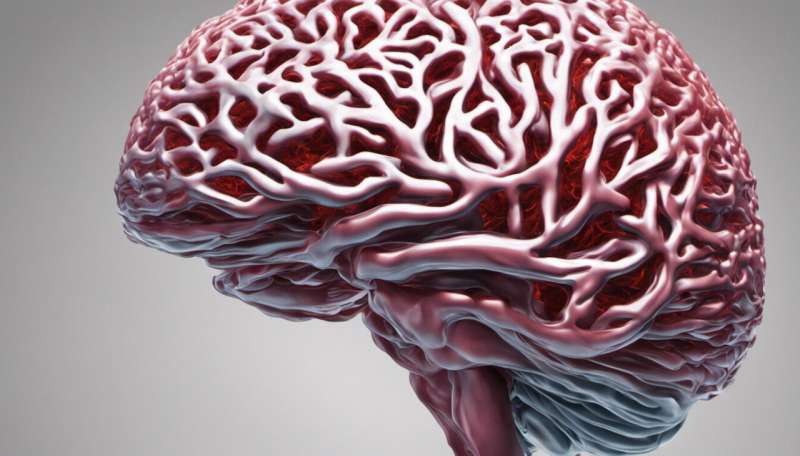Our brain activity could be nudged to make healthier choices

Netflix binge watching versus a hike in the woods. A cheeseburger versus kale salad. Fentanyl versus Tylenol. New UC Berkeley research suggests our brain activity could be influenced to make the healthier choice.
In recording moment-to-moment deliberations by macaque monkeys over which option is likely to yield the most fruit juice, UC Berkeley scientists have captured the dynamics of decision-making down to millisecond changes in neurons in the brain's orbitofrontal cortex.
The findings, reported this week in the journal Nature Neuroscience, shed new light on internal decision-making processes—particularly with regard to habitual behaviors—and help target the brain circuitry for implants to treat such neuropsychiatric disorders as anxiety, depression and addiction.
"If we can measure a decision in real time, we can potentially also manipulate it," said study senior author Jonathan Wallis, a UC Berkeley neuroscientist and professor of psychology. "For example, a device could be created that detects when an addict is about to choose a drug and instead bias their brain activity towards a healthier choice."
Located behind the eyes, the orbitofrontal cortex plays a key role in decision-making and, when damaged, can lead to poor choices and impulsivity.
While previous studies have linked activity in the orbitofrontal cortex to making final decisions, this is the first to track the neural changes that occur during deliberations between different options.
"We can now see a decision unfold in real time and make predictions about choices," Wallis said.
Measuring the signals from electrodes implanted in the monkeys' brains, Wallis and fellow researchers tracked the primates' neural activity as they weighed the pros and cons of images that delivered different amounts of juice.
A computational algorithm tracked the monkeys' orbitofrontal activity as they looked from one image to another, determining which picture would yield the greater reward. The shifting brain patterns enabled researchers to predict which image the monkey would settle on.
For the experiment, they presented a monkey with a series of four different images of abstract shapes, each of which delivered to the monkey a different amount of juice. They used a pattern-recognition algorithm known as linear discriminant analysis to identify, from the pattern of neural activity, which picture the monkey was looking at.
Next, they presented the monkey with two of those same images, and watched the neural patterns switch back and forth to the point where the researchers could predict which image the monkey would choose based on the length of time that the monkey stared at the picture.
The more the monkey needed to think about the options, particularly when there was not much difference between the amounts of juice offered, the more the neural patterns would switch back and forth.
"Now that we can see when the brain is considering a particular choice, we could potentially use that signal to electrically stimulate the neural circuits involved in the decision and change the final choice," Wallis said.
More information: Erin L Rich et al. Decoding subjective decisions from orbitofrontal cortex, Nature Neuroscience (2016). DOI: 10.1038/nn.4320



















